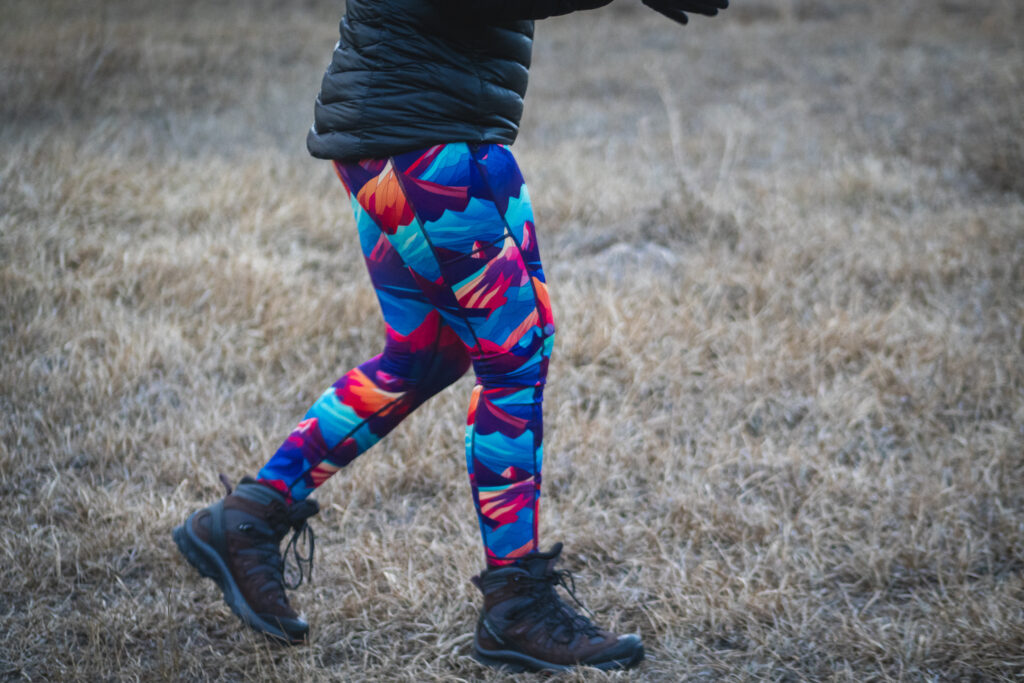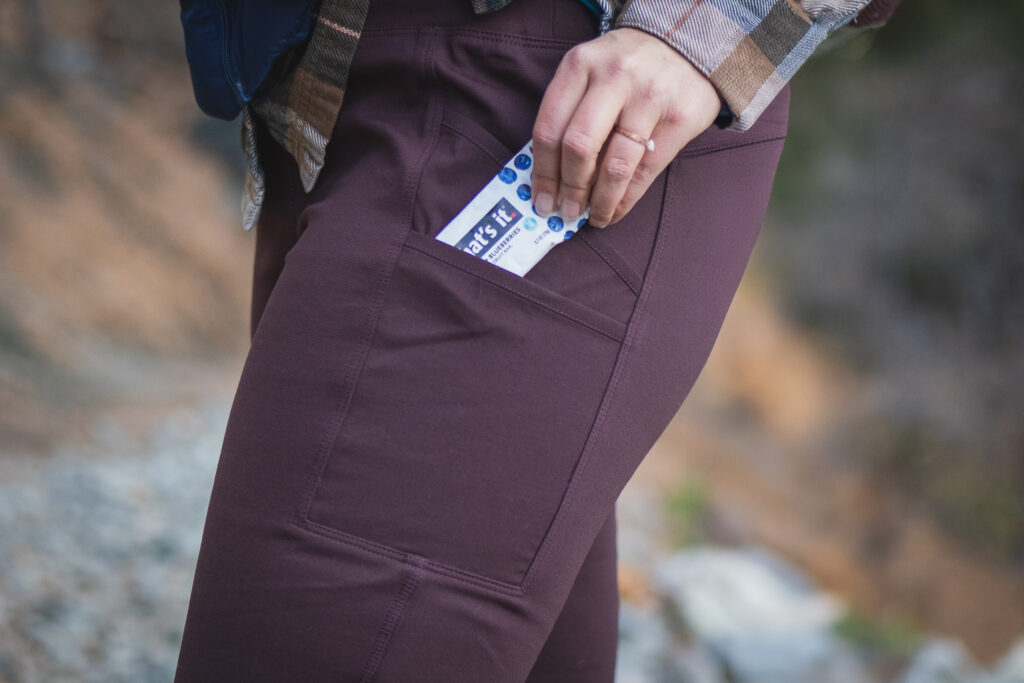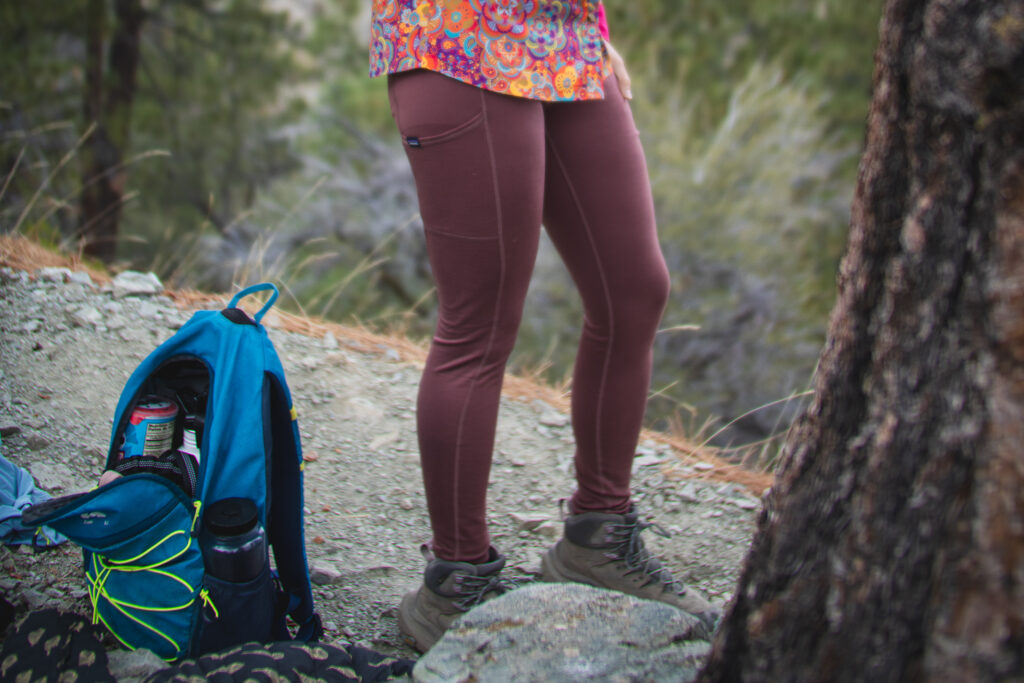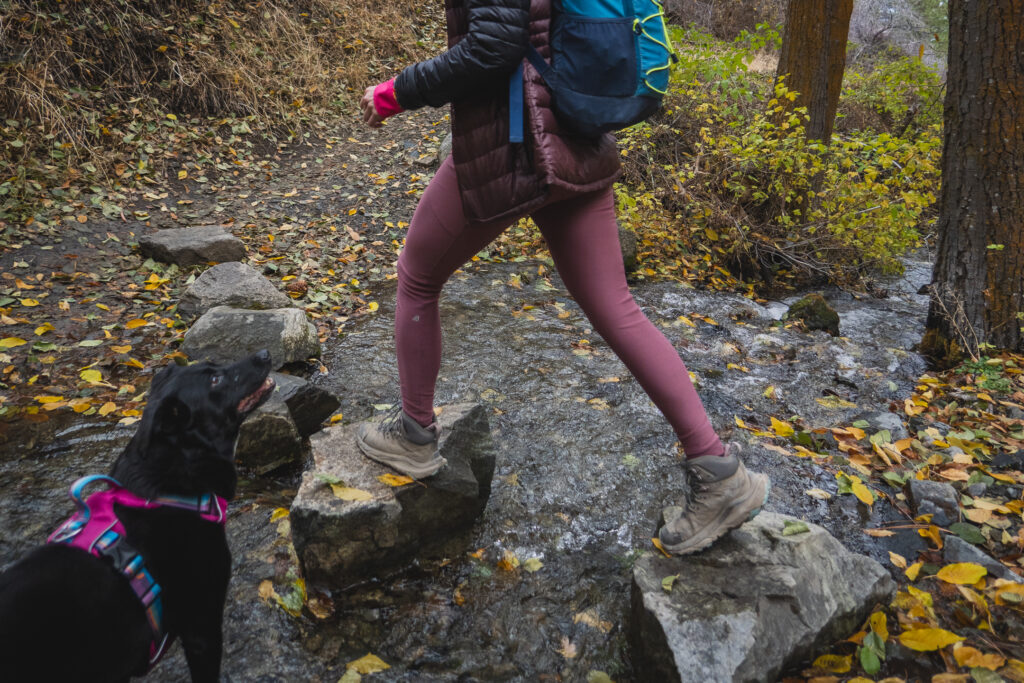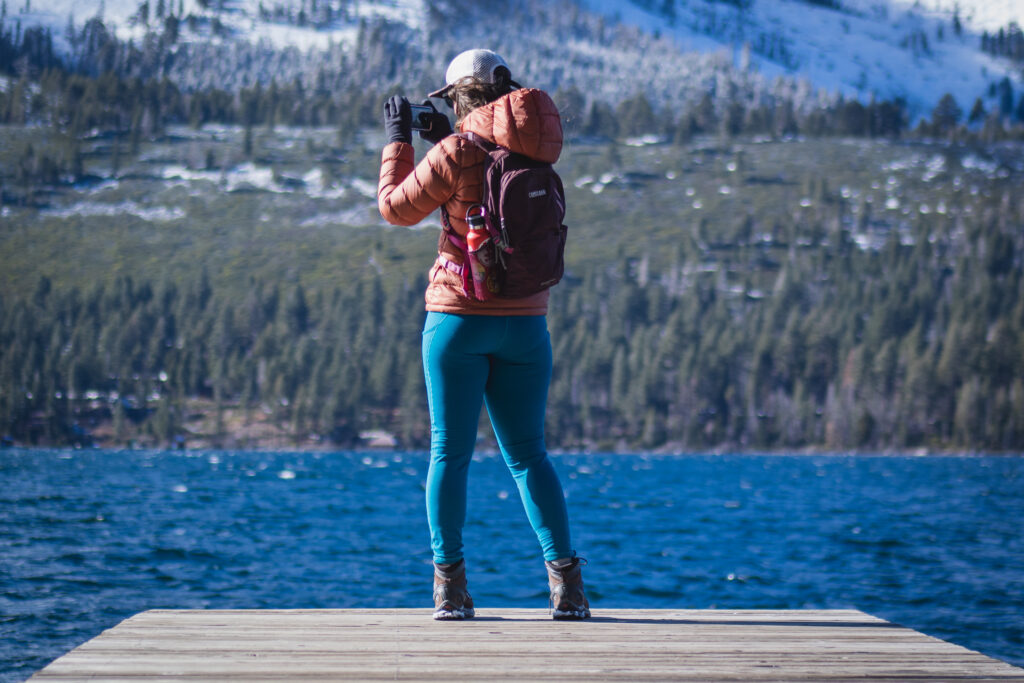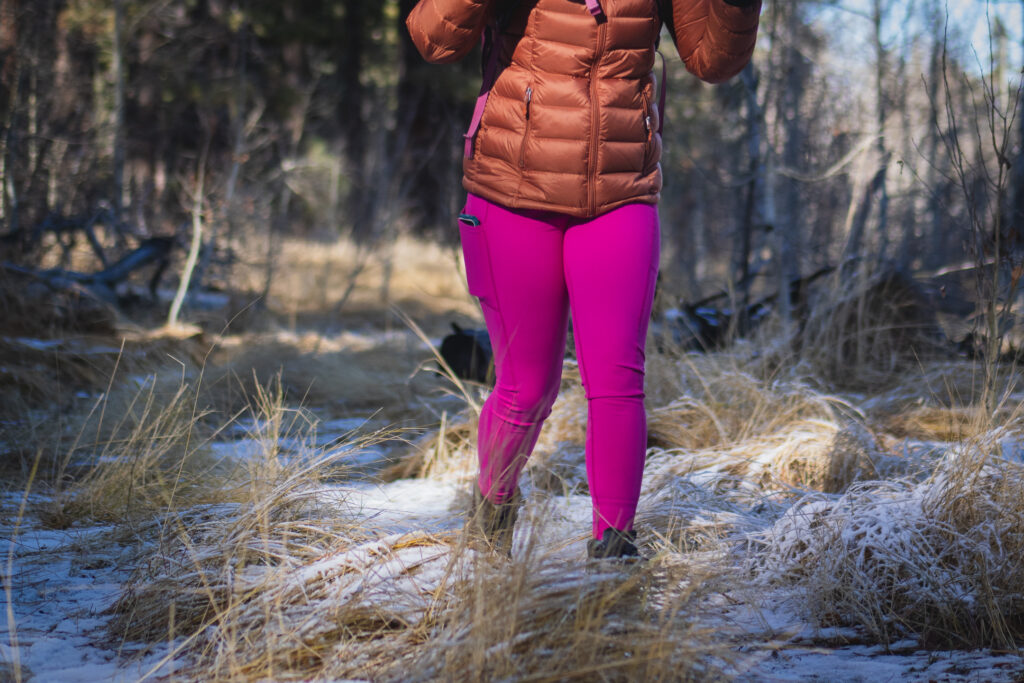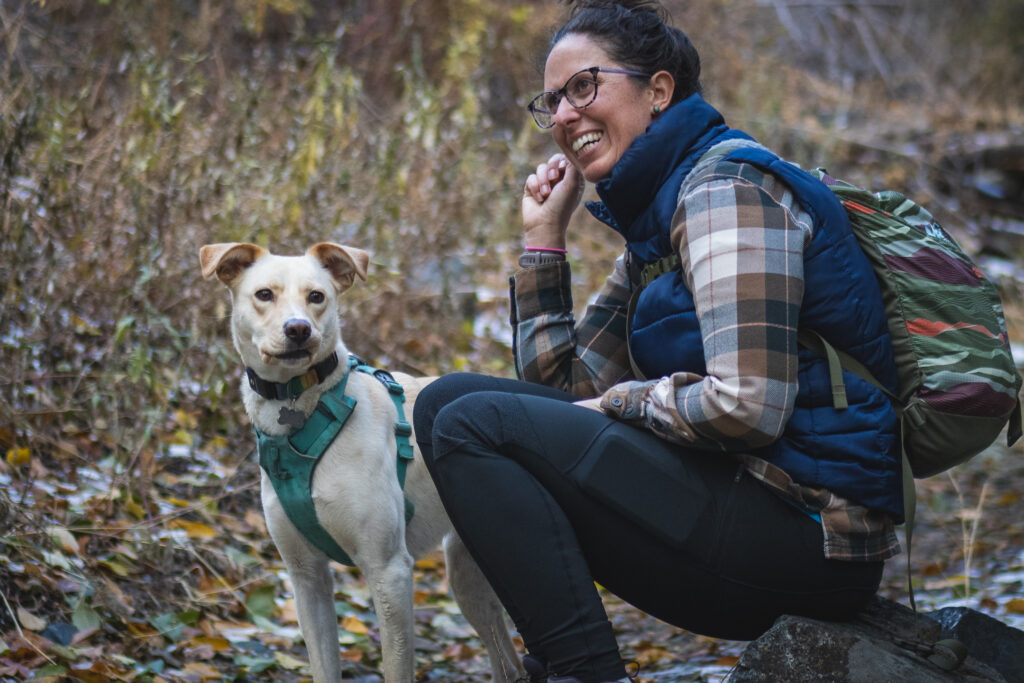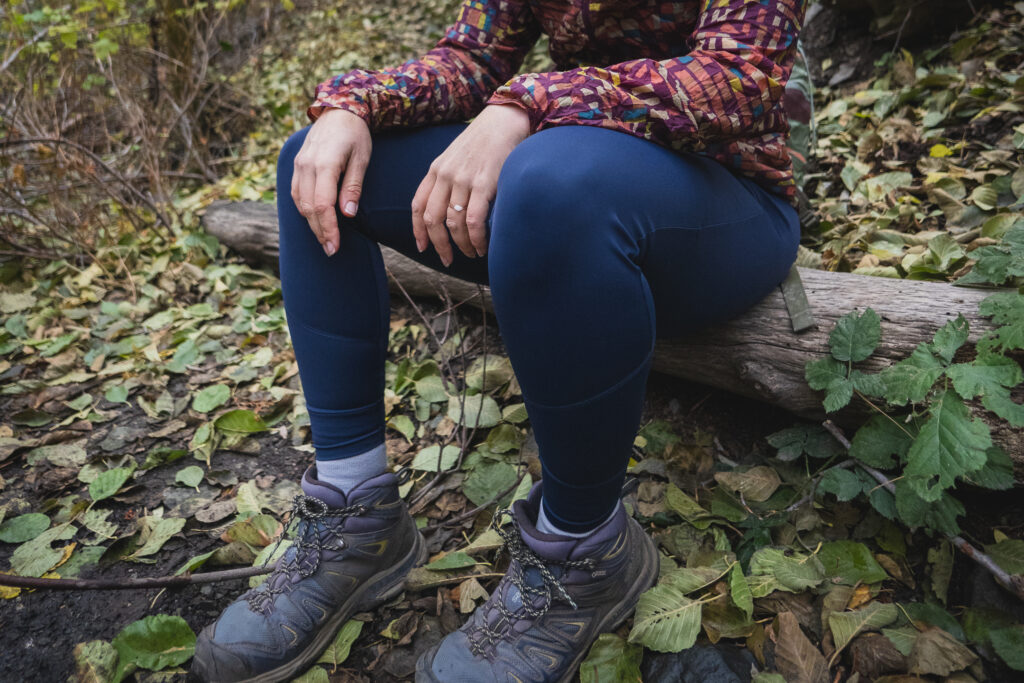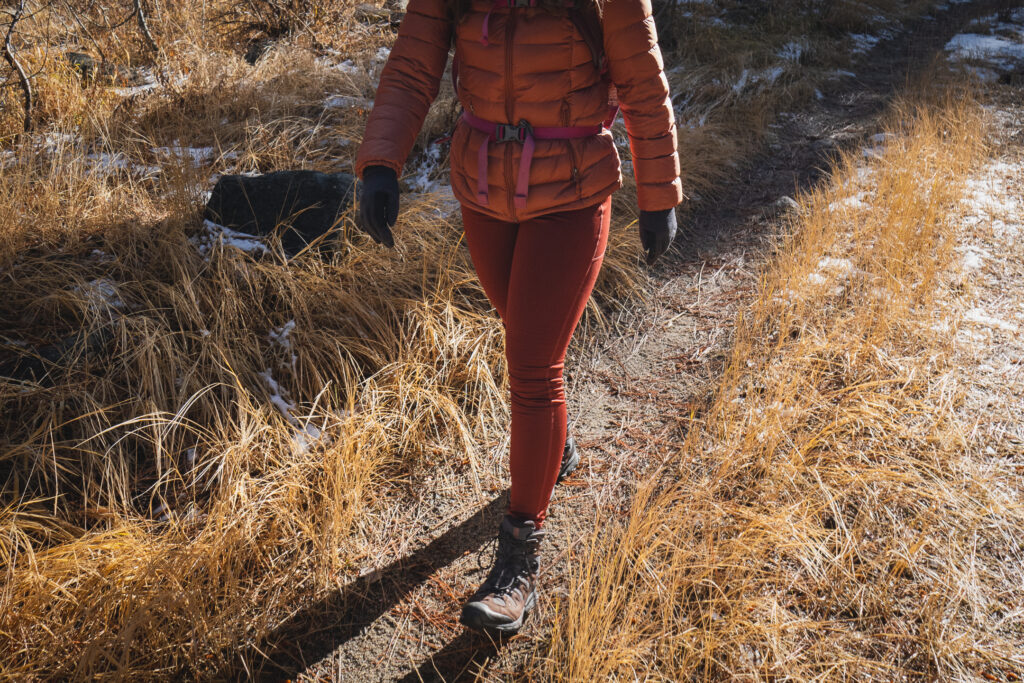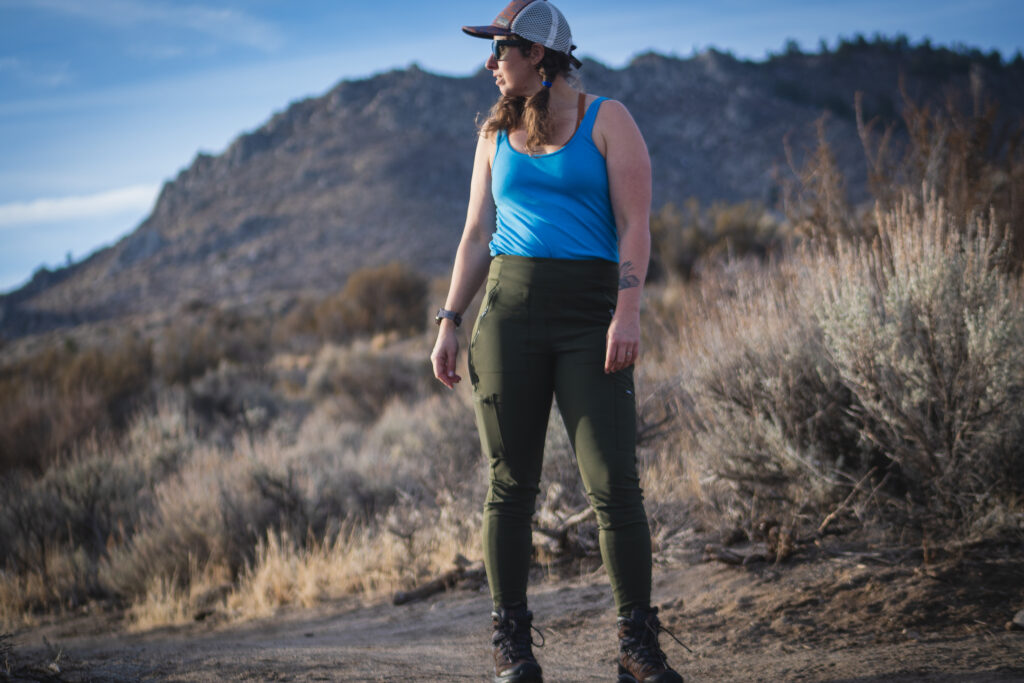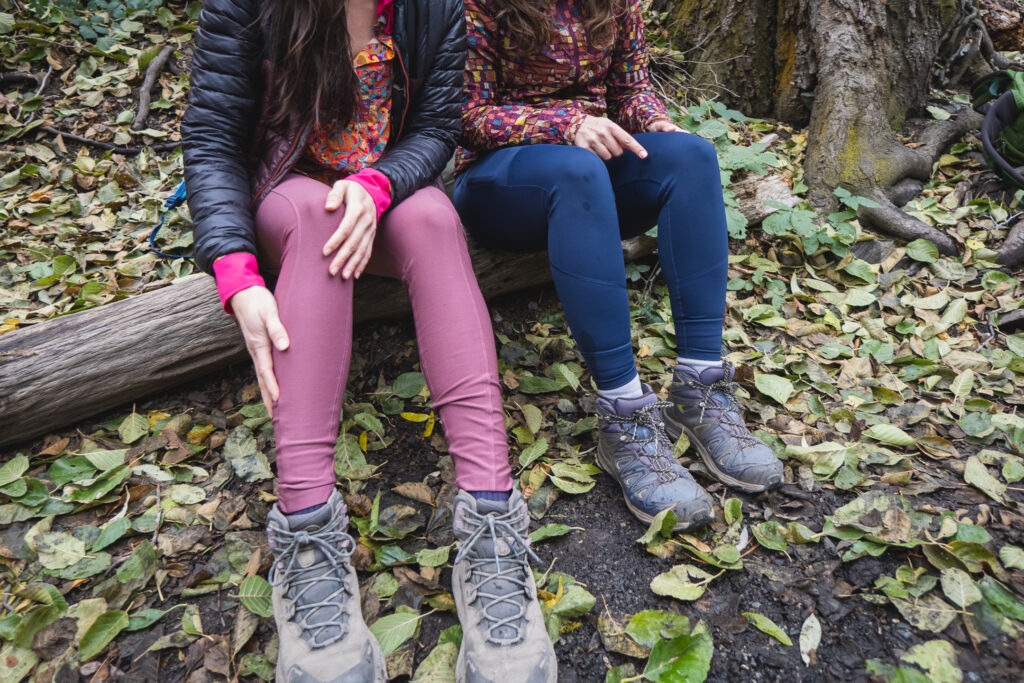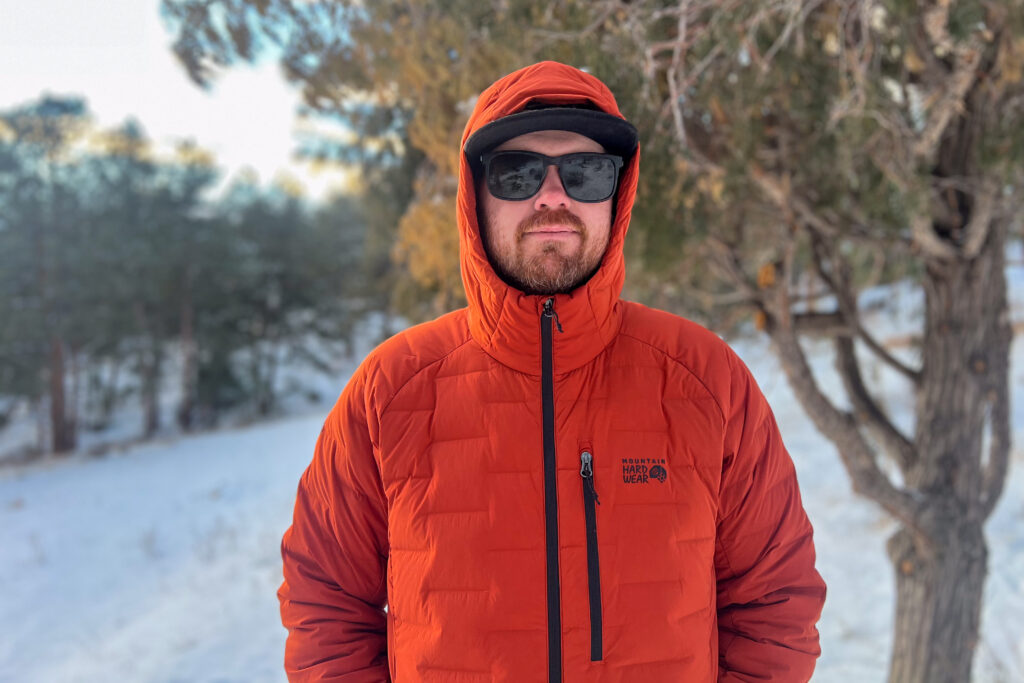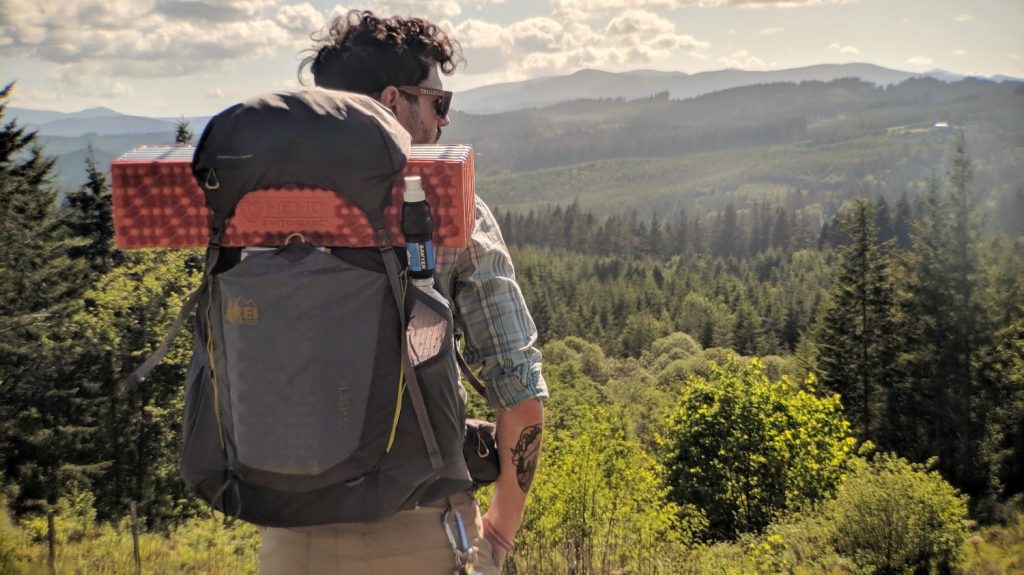
Whether you’re just starting out or updating your old gear, backpacking can be expensive…really expensive. With all of the options out there and the technical specs to compare, it’s hard to know where to start.
Having said that, over the course of our 20,000 miles of trail adventures, we’ve found some pretty competitive alternatives to the pricier gear so we thought it made sense to share our favorite tips and tricks for backpacking on a budget – many of which don’t require any spending at all.
And if you enjoy this article, you’ll probably like our other backpacking content as well:
- Ultimate Backpacking Checklist
- Best Hiking Shoes for Men / Best Hiking Shoes for Women
- Best Backpacking Tents
- Best Backpacking Sleeping Bags & Best Backpacking Quilts
- Best Backpacking Sleeping Pads
- Best Backpacking Backpacks
- Best Backpacking Stoves
- Backpacking Food Planning
- And Many More Categories: CleverHiker Gear Guide
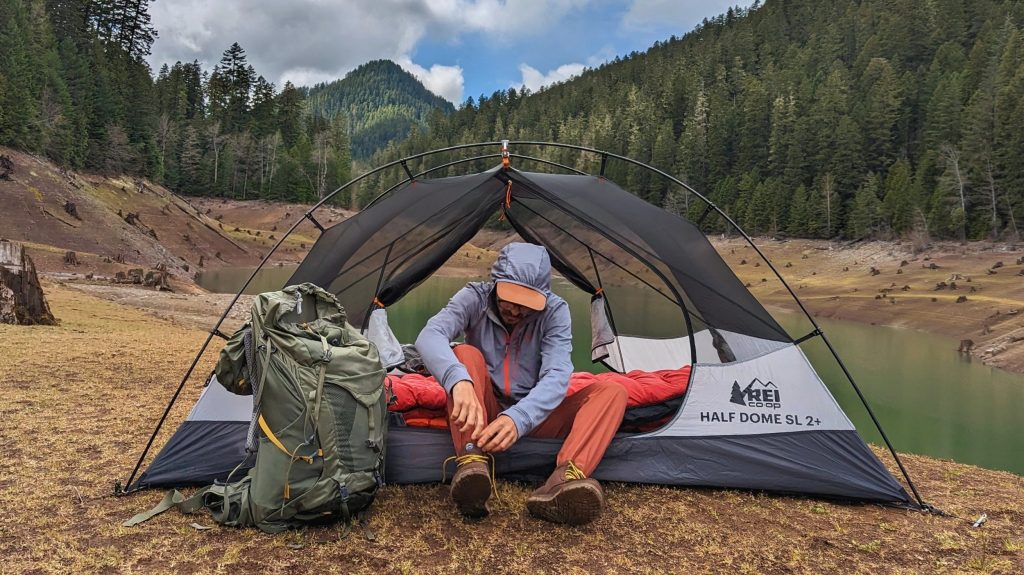
1. Don’t Sweat a Couple of Ounces
A lightweight pack is the key to comfort in the backcountry. When it comes to saving a couple of ounces here and there though, you can often save quite a bit of money with a slightly heavier piece of gear. Keep it in check, but a few ounces here and there could end up saving you hundreds of dollars in the end.

2. Wait for Big Sales
Most backpacking gear retailers have sales between seasons to make room for new gear. For example, spring is usually the best time to buy an insulated winter jacket or 4-season tent. Holidays usually mean big sales, as well. Memorial Day, Labor Day, Black Friday, and Cyber Monday are all great times to score big savings. REI usually has their largest sale of the year – the anniversary sale – around Memorial Day. You can save up to 30% on sale items and take advantage of a member’s only coupon for 20% off one full-price item. When REI has a sale or a 20% coupon, other retailers like Amazon and Backcountry will often mark down their prices to match.
3. Take Advantage of First Order Deals & E-list Coupons
Many websites offer great deals for placing your first order with them or signing up for an email list. Backcountry gives you 15% off your first order in exchange for your email. If you sign up for Moosejaw’s e-list, they send you a coupon for 10% off your first order. They also have a price match guarantee.
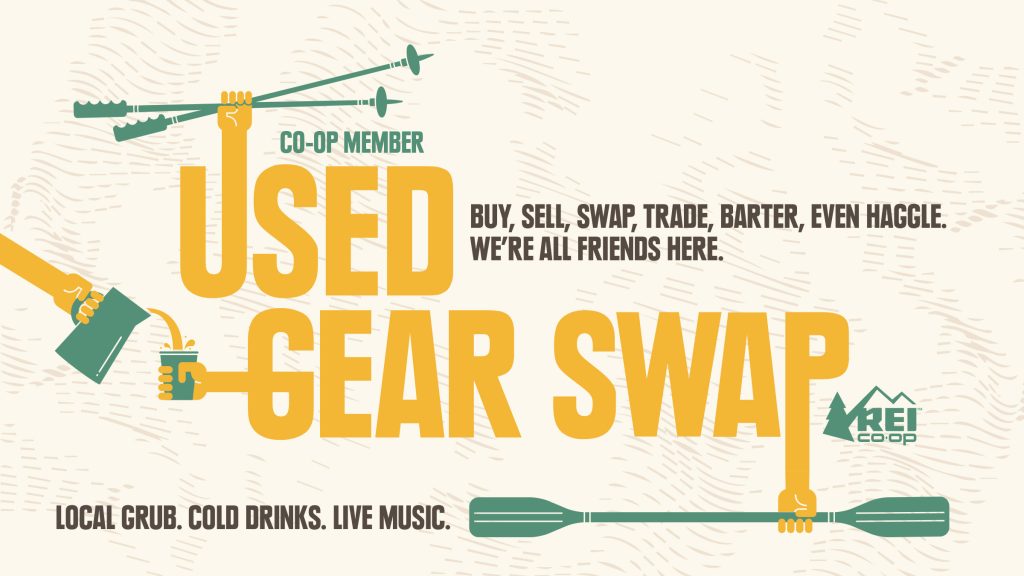
4. Buy Used Gear
Being an REI Co-op member not only gets you exclusive 20% coupons, it also gives you access to their Re/Supply store, where you can sell your used gear to get a little extra for your next big purchase, or buy used gear and often score some great deals.
You can also find some truly solid pieces on Craigslist and Facebook Marketplace. And if you happen to live in or near a mountain town, local hiking organizations often coordinate gear swaps or sales of their own.
5. Borrow Gear from a Friend
You might not have the gear, but your friends do! Ask them if you can borrow a few items. You’ll probably get bonus points if you offer to mow their lawn or walk their dog in exchange. Also, make sure to be a good friend. Treat borrowed gear with care, clean it after use, and return it promptly after your trip.
6. Rent Gear
So, your friends also don’t have the gear? Rent it! A lot of REI locations rent basic backpacking gear, and some locations have even started renting ultralight gear bundles at a weekly rate. This is a great option if you only plan to go out once or twice a year or if you’re new to backpacking and want to test out some gear before committing to a purchase. If you don’t have an REI near you, check with your local outfitter to see if they rent.
If you’re a college student, check if your school has an outdoor club and reach out to see if it rents gear – they often do. There are also some online gear rental sites worth checking out, like Outdoors Geek, Xscape Pod, and LowerGear Outdoors.
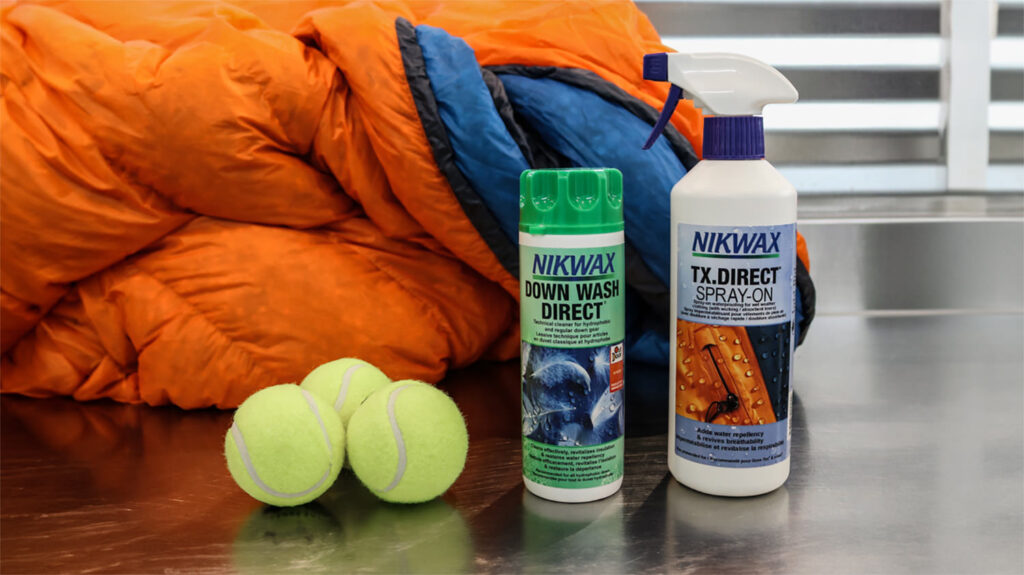
7. Take Care of the Gear You Already Own
A great way to save money is by simply making sure you take great care of the gear you already have. Here are a few easy ways to prolong the life of your current setup:
- Make sure to store your tent dry – when you get home, set up your tent in a sunny spot in your backyard or hang it up in your bathroom or on a clothesline to dry it completely before storing. Check out our tent care tips for more info.
- Use a footprint with your tent – footprints can be expensive, but they protect the bottom of your tent from tree sap and abrasive objects like sticks and rocks. You can make your own affordable, lightweight footprint by buying Tyvek and cutting it to size. You can figure out if a footprint is right for you in our Do You Really Need a Footprint article.
- Store your sleeping bag in a large mesh storage sack or hang it in your closet – never store a sleeping bag compressed in its stuff sack, as that will compress and deform its insulation over time. Check out our article on how to care for your sleeping bag.
- Backflush your water filter – most filters come with a cleaning kit and are field cleanable. Regular backwashing will keep up the flow rate of your filter and make it last much longer.
- Clean your cook gear when you get home – backpacking foods are often really salty, clean your pots before you store them to prevent corosion.
- Tenacious Tape will save your life – you can patch tents, sleeping bags, pads, and jackets with this stuff. We have a base layer shirt that fell victim to a stray campfire ember and the Tenacious Tape we used is still holding strong.
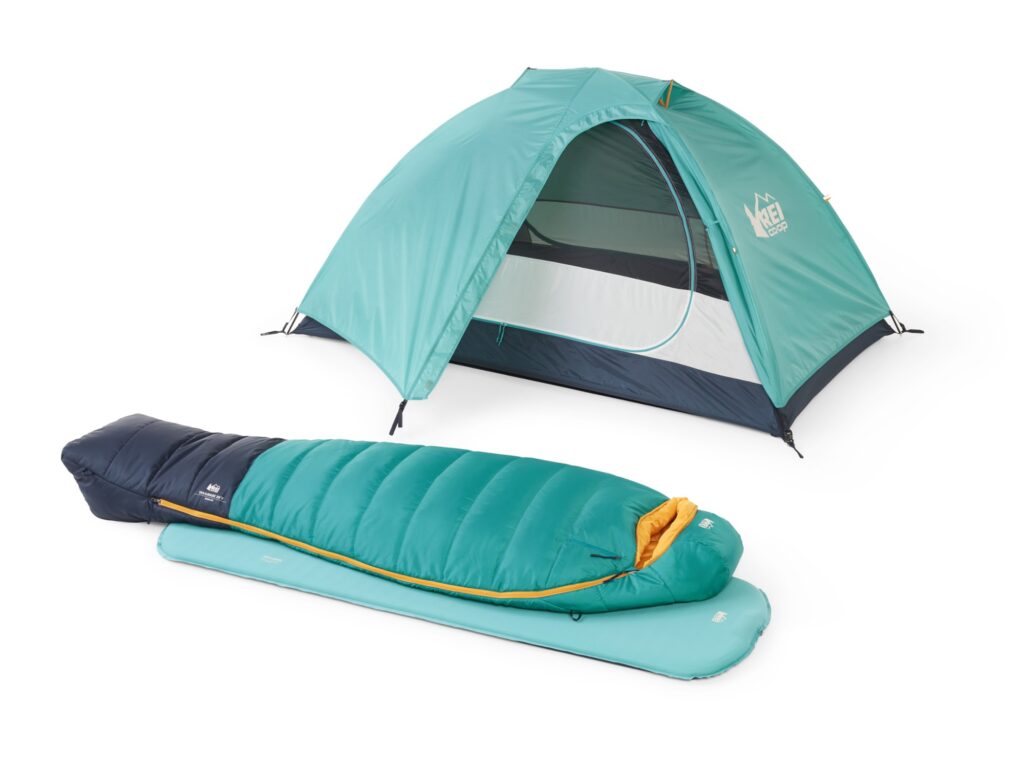
8. Buy a Backpacking Bundle
REI offers a whole starter backpacking bundle with tent, sleeping bag, and pad. If you were angling for these pieces anyway, you’ll save a few bucks if you buy all three at once. As a bonus, this bundle almost always goes on sale during REI sale events, at least that’s what we’ve seen in the past.
9. Go for Synthetic Materials
Historically, insulated products with down fill are much lighter, but synthetic technology has come a long way over the past several years and the difference in weight is getting less and less significant – especially when you factor in price. And synthetics even have two major advantages over down – they dry quicker and will keep you warmer when wet.
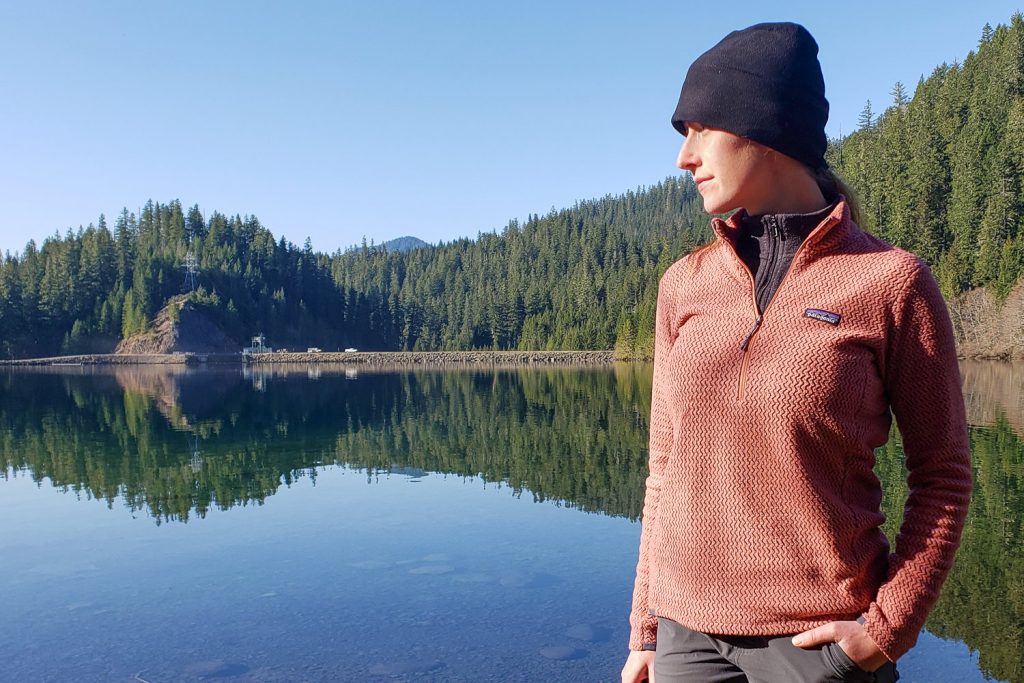
10. Add a Sleeping Bag Liner for Chilly Trips
A sleeping bag can be one of the most expensive pieces of gear in your pack. Many people own multiple bags for different seasons so they can get outside year-round, but you can turn your summer bag into an all-season sleep system with a sleeping bag liner. In general, a 20-30°F (EN Lower Limit) bag will get you through the summer, fall, and spring if you live in a mild climate. If you like to winter camp or have more intense seasons, a sleeping bag liner can add up to 25 degrees to your set up. That’ll help you keep warm on chilly trips without needing to buy a new, expensive sleeping bag.
11. Don’t Buy/Bring Unnecessary Items
There’s an old saying in the backpacking community: people pack their fears. If you fear being cold, you’ll pack too many clothes. If you fear going hungry, you’ll pack too much food. If you fear getting injured, you’ll pack a huge first aid kit. One of the most common mistakes beginners make is buying and carrying way too much stuff they won’t reasonably need. We find that a good lightweight backpacking checklist really helps with this, and the more experience on the trail you get, the more you’ll realize how much you can get by without. You should always carry the ten essentials with you when you hit the trail, but many things outside of that list should be considered luxury items.
Planning ahead can save you money at the grocery store, as well. It’s all too common for us to see people packing too much food for their trip, which means overspending and a heavier pack. Our eyes are bigger than our stomachs sometimes, but we have a pretty good strategy that keeps the over-packing to a minimum: meal planning. Before we go to the grocery store for trail meals and snacks, we always sit down with pen and paper or a spreadsheet and outline every meal we plan to eat. Here’s an example:
DAY ONE
- Breakfast: Instant oatmeal and coffee
- Lunch: Peanut butter on tortillas
- Snacks: ProBar, trail mix, jerky
- Dinner: Angel hair pasta with pesto and tuna
Just like at home, when you have a clear plan, you don’t end up making as many impulse purchases while still ensuring that you have plenty to eat. For more ideas of what to include in your backpacking meal plan, take a look at our Lightweight Backpacking Food Guide.
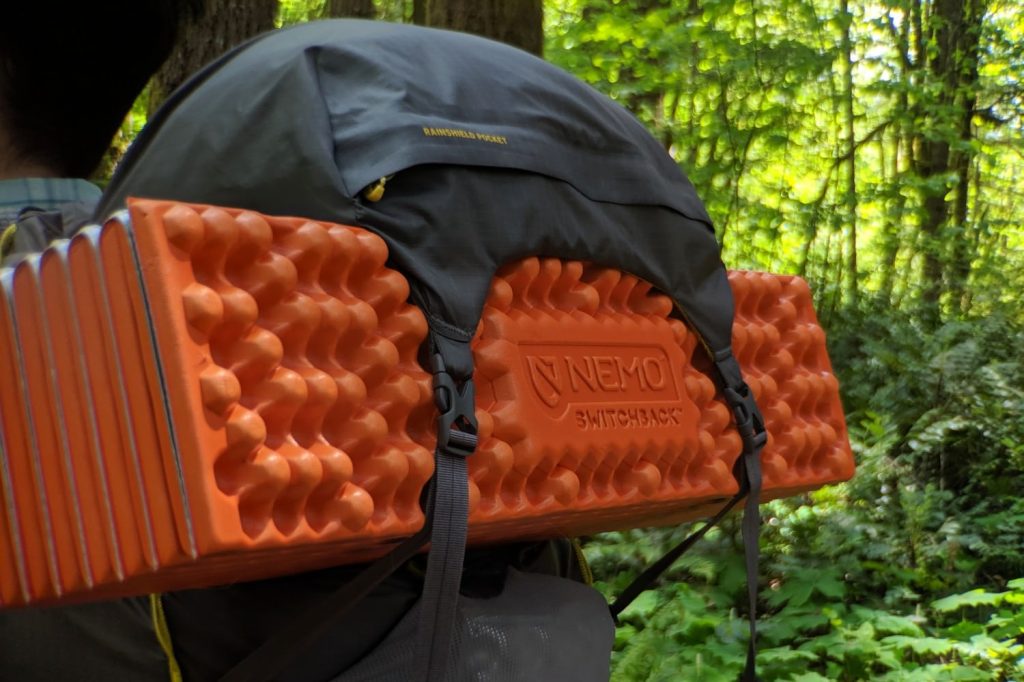
12. Consider a Closed-cell Foam Pad
There are many types of closed cell foam pads on the market, and while we prefer the comfort and packability of inflatable pads, foam pads are cheap and they’ll never pop. If you’re okay sleeping on firm surfaces, a foam pad might be all you really need. R-values stack, so you can even layer a foam pad underneath an air pad to make it work during colder months. Check our guide to the best sleeping pads to learn more.
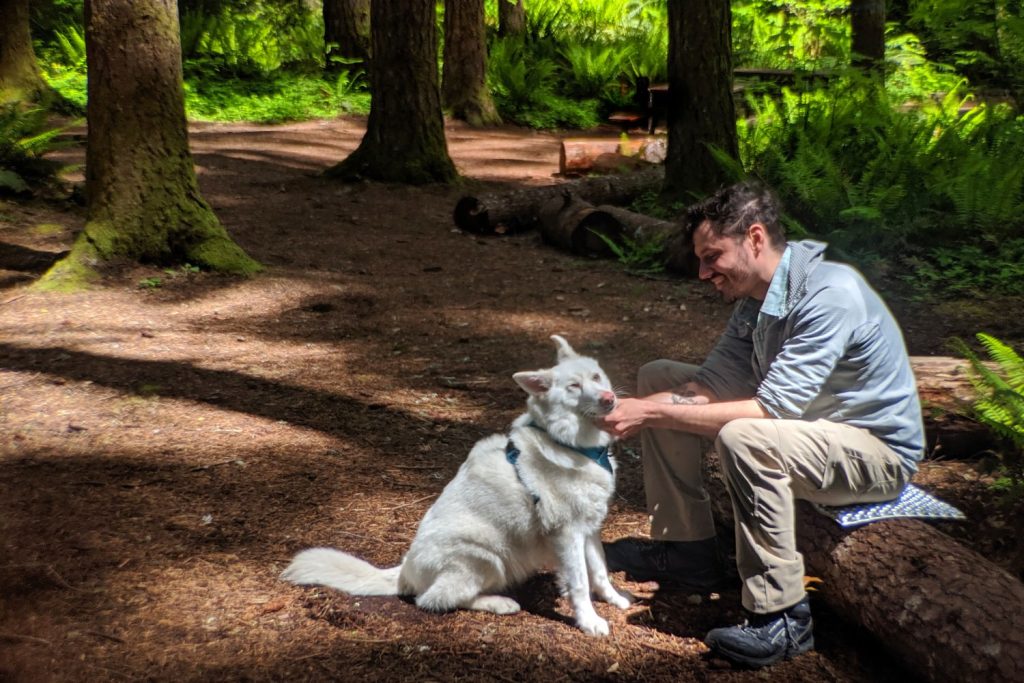
13. Sit Pads Are a Great Alternative to Backpacking Chairs
Backpacking chairs are an increasingly common sight out on the trail; the Helinox Chair Zero (check out our full review) and the more affordable REI Co-op Flexlite Air Chair are great options. We love our Therm-A-Rest Z-Seat and rarely leave for a trip without it. Sit pads keep your bum dry when you sit on wet logs, make rugged rocks tolerable to sit on, and provide an insulating barrier between you and the cold ground.
14. Use Your Clothes Stuff Sack as a Pillow
Backpacking pillows are becoming very popular additions to camp sleep systems. You’re likely already bringing extra clothes in a stuff sack, and that’s almost… almost… the same thing. A puffy coat makes excellent filling for a stuff sack pillow, and you can make it even more comfy by wrapping the whole sack in a fleece jacket or soft base layer shirt.
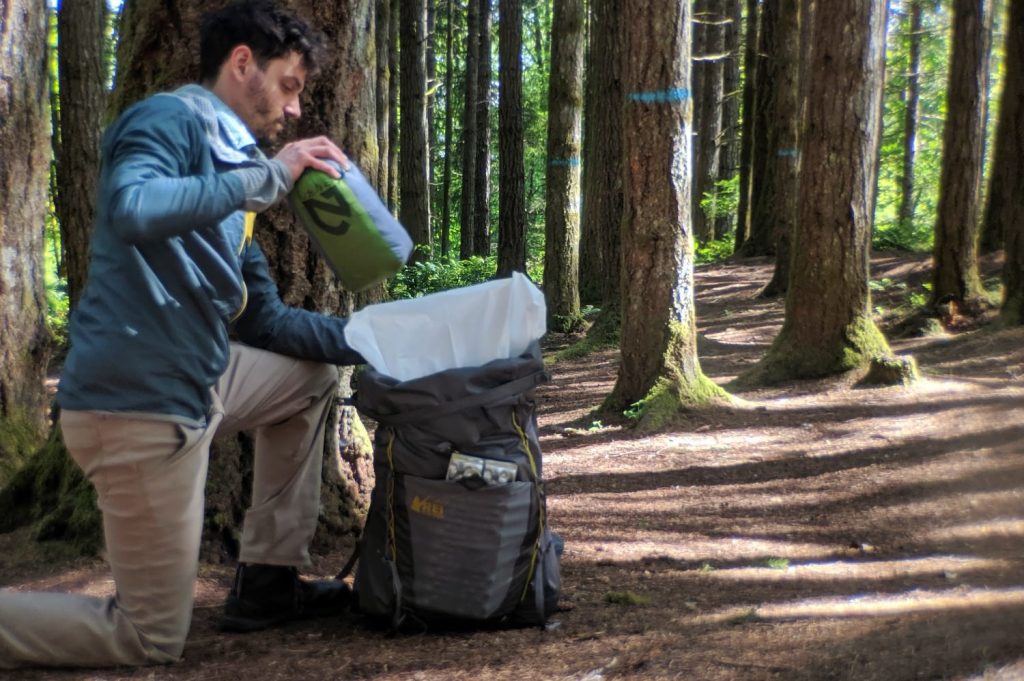
15. Use a Trash Compactor Bag as a Pack Liner
Keeping our gear dry is a huge priority when we go on trips. If you’ve ever had the pleasure of wrapping yourself in a damp sleeping bag, you know why. Pack liners and dry sacks are a great option for keeping important gear dry, but we’ve found that heavy duty trash compactor bags work just as well (just make sure you are getting unscented bags).
16. Use Ziplocs Instead of Dry Bags & Odor-proof Sacks
Speaking of keeping your stuff dry, we like to use Ziplocs to keep small things like our phones and paper maps dry. As long as they’re sealed properly and don’t get holes in them, we’ve found Ziplocs are really effective. We also repackage our food into Ziplocs to help cut down on micro-trash from packaging and as a basic odor-proof barrier. We like to label our Ziplocs so we know what was in them, then we can keep reusing them for multiple trips.
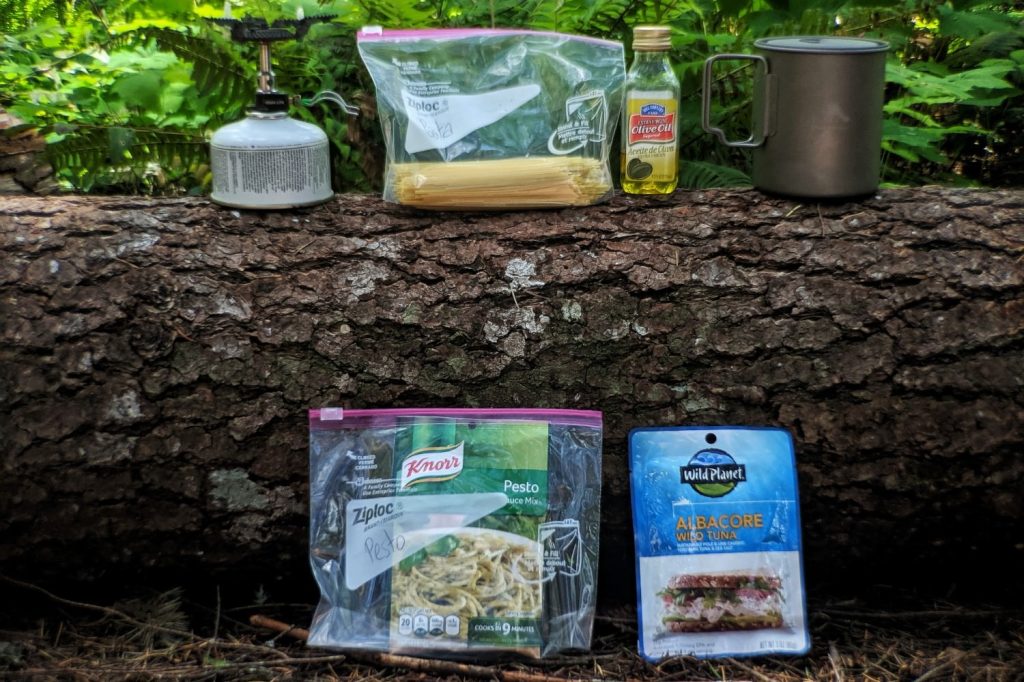
17. Make Your Own Backpacking Meals
Prepackaged dehydrated backpacking meals are really convenient, but can be pretty pricey. If you have the time and the passion, you can save a boatload by making your own meals. You can learn more in our extensive guide to lightweight backpacking meals as well as our catalog of meal recipes and food dehydration tips.
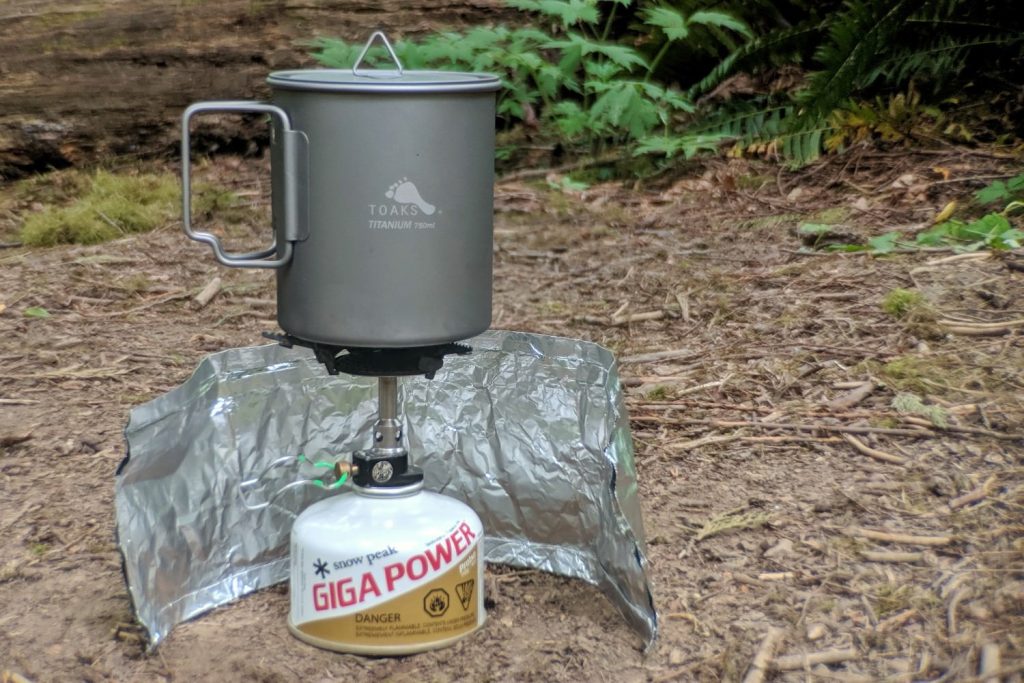
18. Make an Aluminum Foil Windscreen
Windscreens are a great addition to any camp cooking set-up; they increase your fuel efficiency (which reduces your fuel use and cost) and yield faster boiling times. A windscreen costs around $10-$15 online. However, you can also make one for pennies from aluminum foil.
NOTE: Though very rare, fuel canisters can overheat and explode under the wrong conditions. If you are using your windscreen with a canister stove, be sure to leave one side completely open to let heat escape.
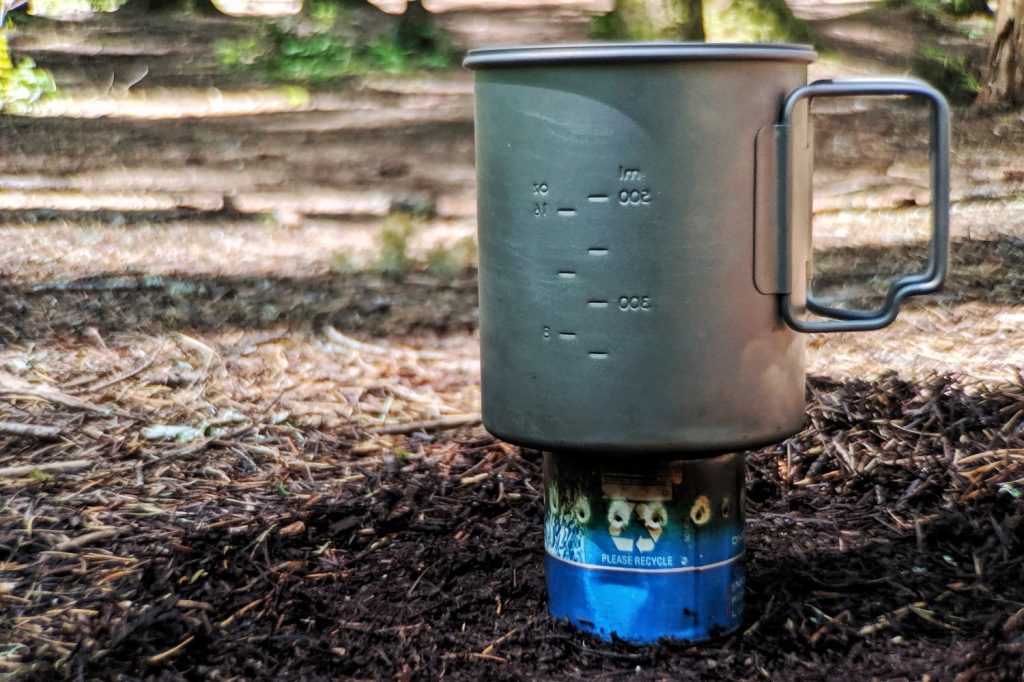
19. While You’re at it, Make Your Own Stove
We prefer to use canister stoves for our backpacking trips. They’re quicker, easier to use, and offer more control over the flame size. However, if you’re really trying to hit the trail on the cheap, you can make an alcohol stove out of a standard 12 oz. soda can. We’ll just leave this note about how to use your new alcohol stove safely here, as we’ve witnessed many an alcohol stove blunders in the wilderness.
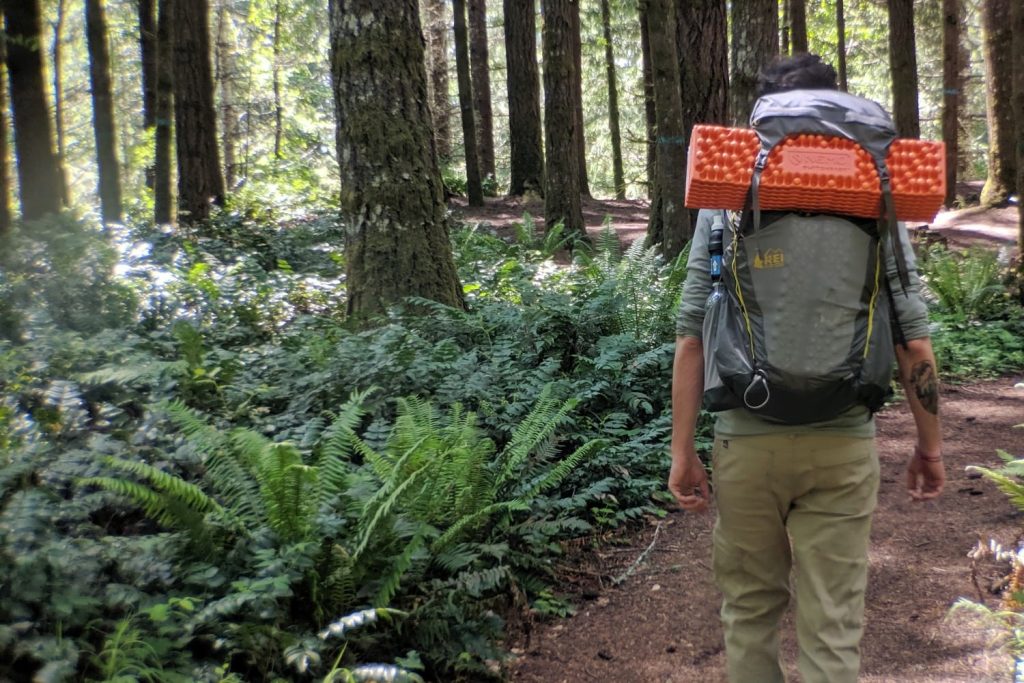
20. Some of Our Favorite Budget Backpacking Gear Options
TENTS
BACKPACKS
- REI Co-op Flash 55 (Men’s / Women’s)
- Osprey Rook (Men’s) & Renn (Women’s)
- Osprey Exos (Men’s) & Eja (Women’s)
SLEEPING BAGS
- Kelty Cosmic Ultra 20 (Men’s / Women’s)
- Marmot Trestles Elite Eco 20 (Men’s / Women’s)
- NEMO Disco 15 (Men’s / Women’s)
SLEEPING PADS
FOOTWEAR & CLOTHING
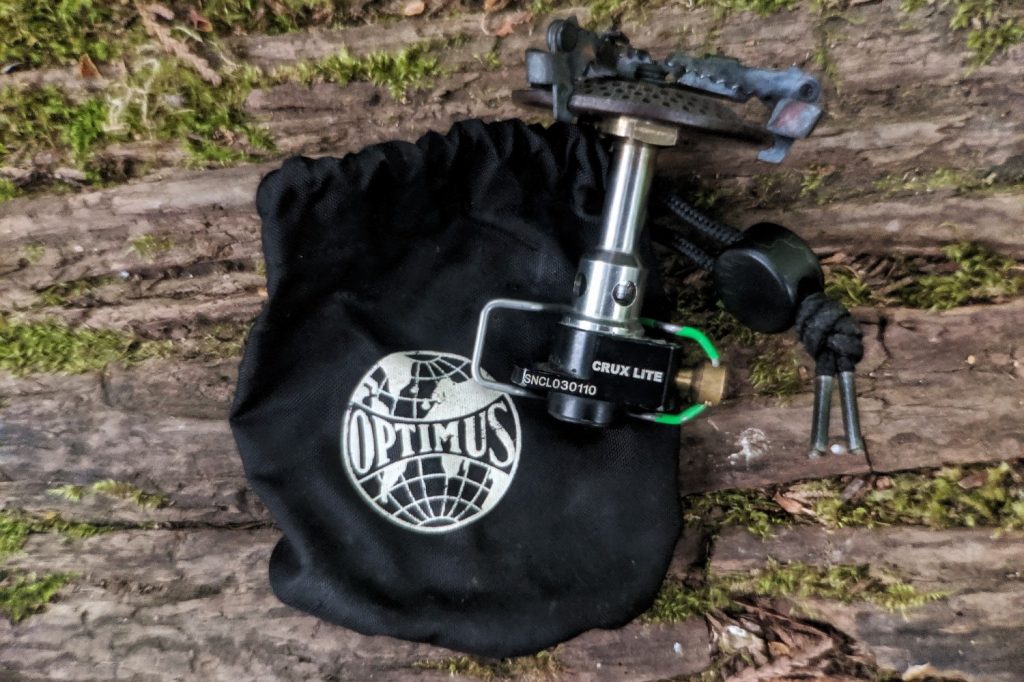
STOVES & CAMP KITCHEN
- BRS Ultralight Stove
- Soto Amicus Stove Cookset Combo
- Toaks Titanium 750 ml. Pot
- Stanco Grease Pot
- GSI Essential Long Spoon
WATER FILTERS
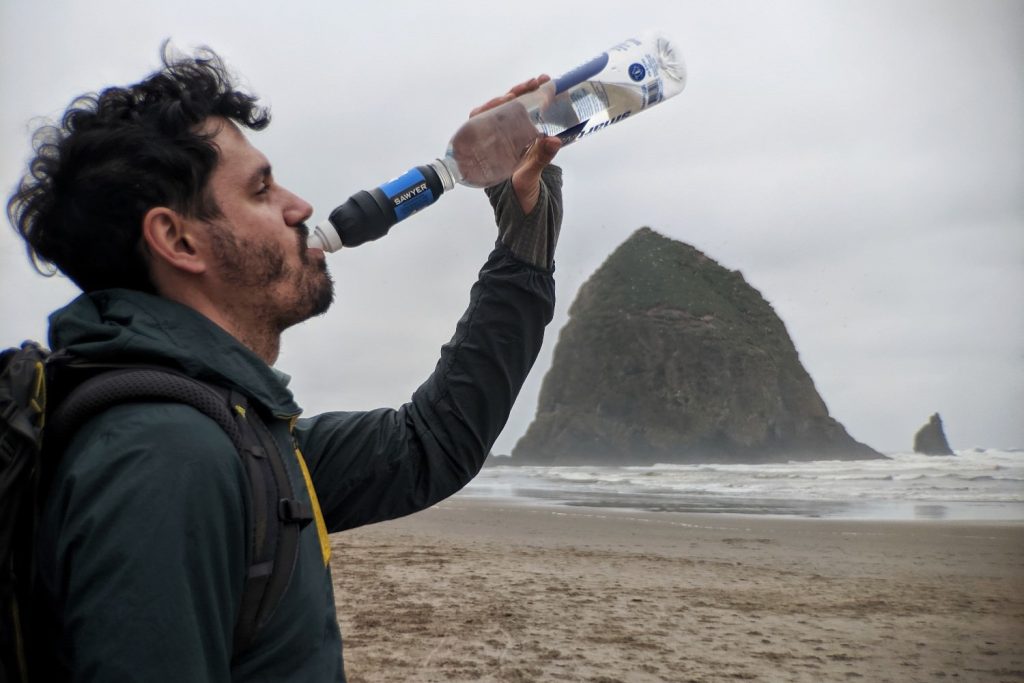
OTHER GOOD BUDGET GEAR & ACCESSORIES
- Black Diamond Astro 300
- REI Co-op Lightweight Compression stuff sacks
- Therm-a-Rest Z-Seat
- REI Co-op Traverse Power Lock Cork Trekking Poles
- Montem Ultra Strong Trekking Poles
- Therm-a-Rest Compressible Pillow
- BioLite Charge 20 PD Power Bank
- Gerber Mini Paraframe Serrated Knife
- Swiss Army Tinker Multi-Tool
- Adventure Medical Kits Ultralight & Watertight .7 First Aid Kit
- REI Snow Stake (used as a cathole trowel)
Final Thoughts
There are so many ways to cut costs when gearing up to go backpacking without cutting comfort. Whether you’re new to backpacking and want more tips to help get you started, or if you’re a seasoned hiker wanting to brush up on some skills, check out this other popular content:



